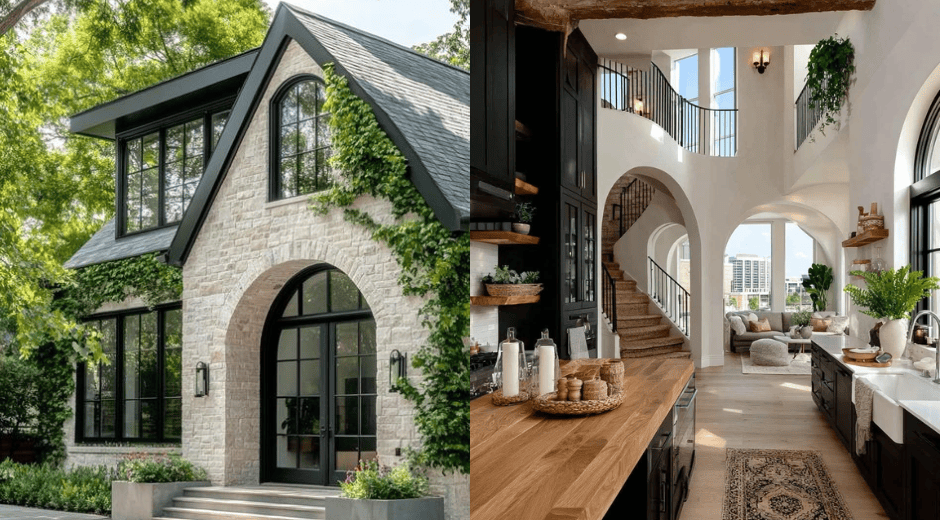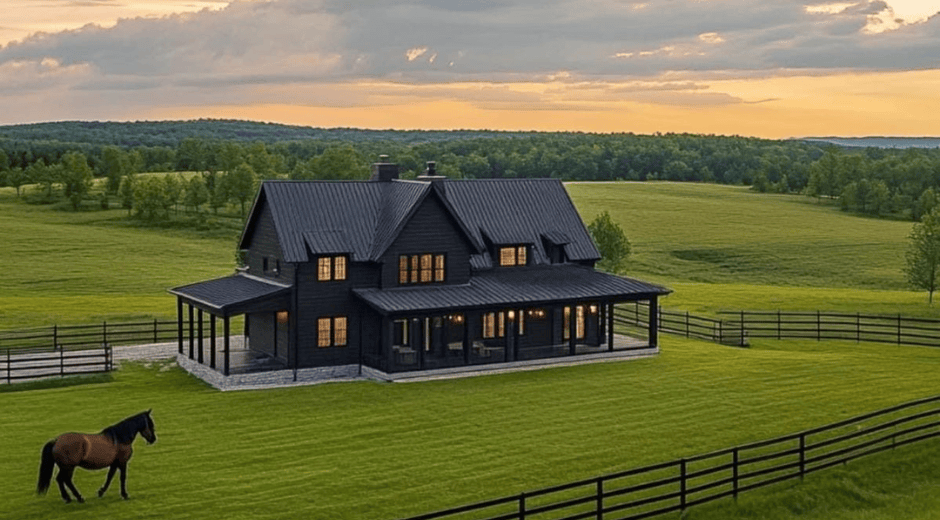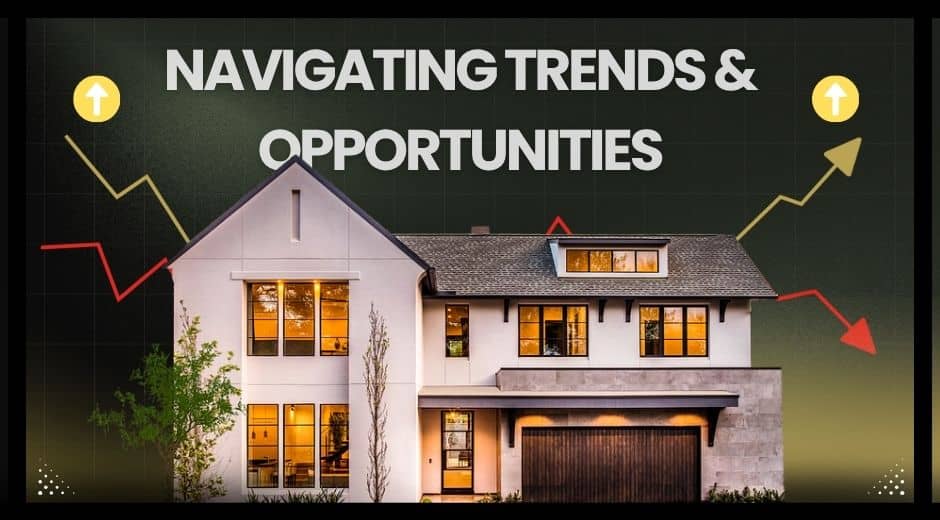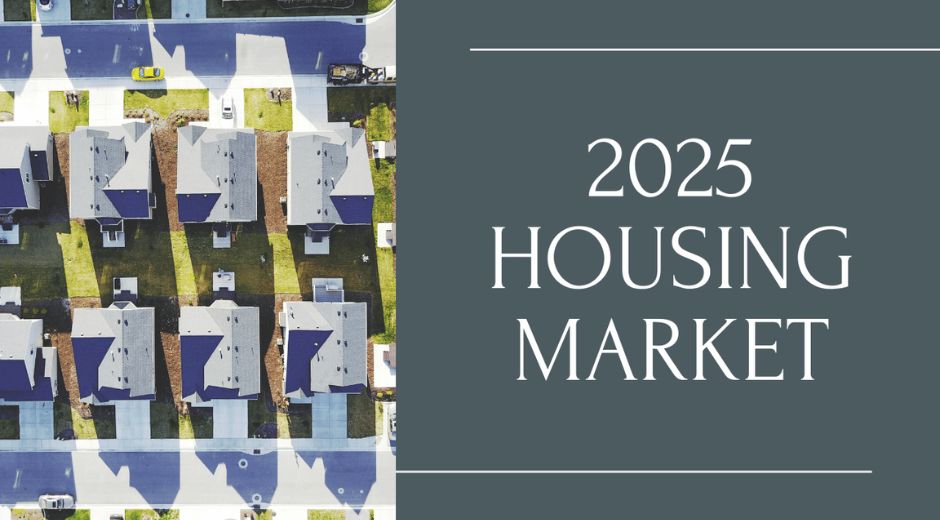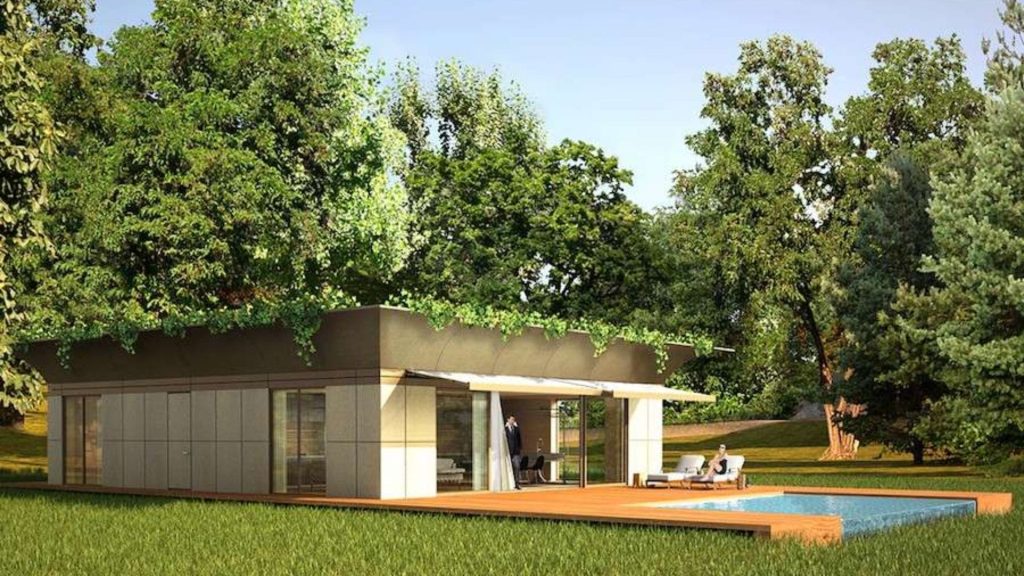Housing Market Outlook 2025: What Buyers & Sellers Should Know
Housing Market Outlook 2025: What Buyers & Sellers Should Know
Introduction
In recent years, there has been a noticeable shift in where people choose to live. Urban centers have long been considered the heart of opportunity, offering convenience, cultural attractions, and career prospects. However, the rise of suburban living is changing the real estate landscape in 2025. Many homebuyers are seeking more space, affordability, and a sense of community that suburban areas uniquely provide.
This article explores the factors driving this trend, its implications for buyers and investors, and why the suburbs are increasingly becoming the preferred choice for families, remote workers, and retirees alike.
1. The Changing Priorities of Homebuyers
One of the main reasons for the rise of suburban living is the shift in homebuyer priorities. The pandemic accelerated remote work trends, allowing people to consider homes further from city centers without sacrificing job opportunities. Spacious yards, quiet streets, and access to outdoor amenities are now high on the list for many buyers.
Furthermore, the demand for home offices, larger kitchens, and dedicated family spaces has made suburban homes more appealing than cramped urban apartments. According to recent studies, families are seeking not just a residence but a lifestyle, which the suburbs can more readily accommodate.
2. Affordability Drives Suburban Appeal
Urban housing markets have become increasingly expensive. Rising rents and property costs make city living less attainable for many. This financial reality contributes directly to the rise of suburban living.
Suburban properties often provide more square footage and amenities at a lower price compared to urban equivalents. Buyers can get a larger home, a backyard, and sometimes even a garage or basement for the same investment required for a small city apartment. For first-time homebuyers, this difference is crucial, as it allows them to invest in a more comfortable and long-term living situation.
3. Improved Infrastructure and Connectivity
Modern suburban areas are not isolated. Investments in infrastructure have made commuting and connectivity more convenient than ever. Highways, public transit expansions, and new road developments ensure that suburban residents remain connected to urban employment hubs.
This improved accessibility contributes to the rise of suburban living, making the idea of trading a city apartment for a suburban home more practical. Residents can enjoy peace and space while maintaining access to urban amenities, creating the best of both worlds.
4. The Community Factor
Many buyers are drawn to the sense of community offered by suburban neighborhoods. Family-friendly schools, recreational facilities, local parks, and organized events foster social connections that are harder to find in dense urban environments.
The strong community support and safer environments encourage people to embrace the rise of suburban living. A vibrant community adds intangible value to homes, enhancing quality of life and contributing to long-term satisfaction with suburban properties.
5. Health and Lifestyle Considerations
-
Another factor influencing the rise of suburban living is health and wellness. Access to green spaces, parks, and walking trails encourages physical activity and reduces stress. Families and retirees alike find that suburban living promotes healthier lifestyles compared to urban centers congested with traffic and pollution.
For example, residents in suburban areas can enjoy morning jogs, cycling, or simply spending time outdoors with children and pets. The emphasis on wellness has become a major selling point, adding further appeal to suburban real estate.
6. Flexibility for Remote Work
Remote work has redefined location priorities. Professionals no longer need to live near their offices, making the suburbs more accessible and desirable. Homebuyers can now prioritize space, affordability, and lifestyle without compromising their careers.
This shift has significantly fueled the rise of suburban living, as people seek homes with dedicated office spaces, high-speed internet access, and peaceful environments conducive to productivity. Remote work allows suburban properties to compete directly with urban living for desirability.
7. Investment Opportunities
For real estate investors, the rise of suburban living presents new opportunities. As demand for suburban homes increases, property values are likely to appreciate steadily. Investors can benefit from rental properties catering to families, professionals, or retirees.
For guidance on real estate strategies and market insights, resources like Fixolix provide tips on maximizing property potential, selecting the right locations, and enhancing the value of homes in emerging suburban markets.
8. Trends in Suburban Development
Suburban areas are evolving rapidly. Modern developments often include mixed-use spaces, commercial hubs, and smart city features. These trends enhance lifestyle, convenience, and accessibility, which support the rise of suburban living in 2025.
Planned communities with schools, shopping centers, and recreational facilities make the suburbs increasingly attractive for diverse demographics, from young families to empty-nesters seeking comfort and community.
9. Sustainability and Eco-Friendly Considerations
Many suburban developments are incorporating sustainable practices, such as green building materials, solar panels, and energy-efficient designs. Buyers who are environmentally conscious find these options appealing.
Eco-friendly initiatives strengthen the rise of suburban living, making it possible to enjoy larger homes and outdoor spaces while minimizing environmental impact. This aligns with the growing interest in responsible and sustainable homeownership.
Conclusion
The appeal of suburban living is undeniable. The rise of suburban living is driven by changing buyer priorities, affordability, lifestyle preferences, and advances in connectivity. Families, professionals, and retirees are recognizing the advantages of space, community, and health-oriented environments that suburbs provide.
For further insights and guidance on real estate trends, visit Metro Property Homes to explore resources, market analyses, and investment tips. Additionally, Fixolix offers practical advice on enhancing home value, DIY improvements, and decorating ideas that perfectly complement suburban living.
In 2025, the rise of suburban living is shaping the real estate market, offering both quality of life improvements and promising investment opportunities. Whether you’re looking to buy, invest, or simply explore, understanding these trends can help you make informed decisions for a comfortable, fulfilling lifestyle.
Easy steps to Luxury

Modern Farmhouse Charm For Cozy Yet Refined Interiors
Modern Farmhouse Charm For Cozy Yet Refined Interiors

Small Space Styling Tricks For Smarter City Living
Small Space Styling Tricks For Smarter City Living

Open Plan Living Ideas To Maximize Light And Space
Open Plan Living Ideas To Maximize Light And Space







